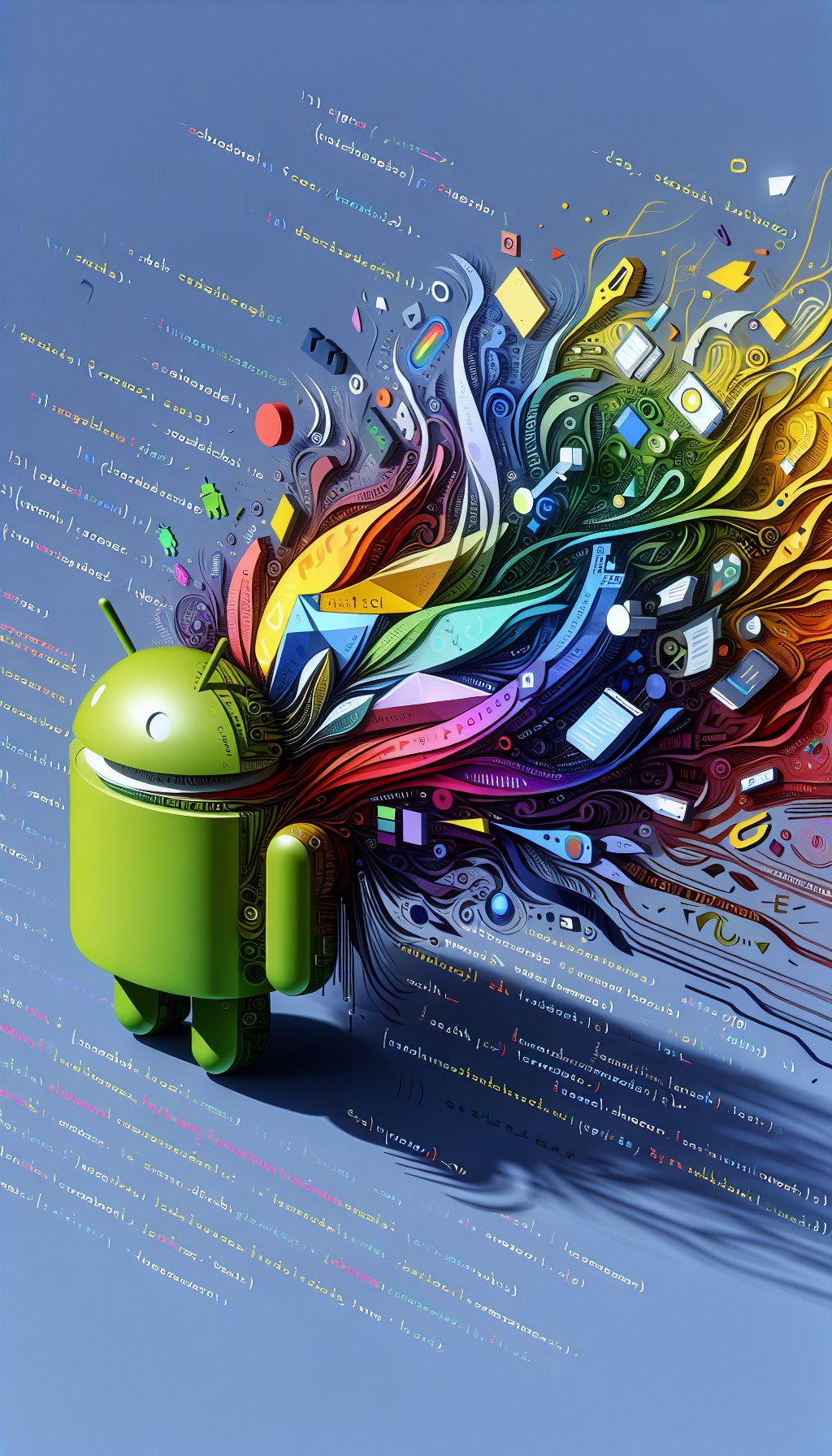
Delivering a superior user experience in Android applications is crucial for user retention and satisfaction. One often overlooked yet powerful aspect is the status bar color of an app. Implementing dynamic status bar colors in your Android WebView app enhances visual engagement, strengthens brand identity, and provides users with valuable UI feedback. The good news is, it’s straightforward to accomplish using JavaScript integration within WebView.
Why Dynamic Status Bar Colors Matter in WebView Apps
The status bar, though small, significantly influences your app’s overall appearance. Static or mismatched colors can lead users to perceive your app as outdated. Dynamic adjustment ensures a cohesive and polished visual style, helping you communicate context changes seamlessly to enhance usability.
This approach is particularly beneficial if your app integrates diverse pages or sections, each with distinct themes or use cases. For instance, an e-commerce app could dynamically adapt the status bar color to match promotional banners or features, providing a consistent and immersive browsing experience.
Implementing Dynamic Status Bar Colors Using JavaScript Integration
With Android WebView, implementing dynamic status bar colors involves two key components: JavaScript on your website-side and native Android code that communicates with JavaScript.
Here’s how you can achieve this smoothly:
Step 1: JavaScript Side – Setting Up the Communication Bridge
First, your website or web content needs JavaScript code capable of communicating the desired status bar color to your Android app. Here’s an example snippet:
function setStatusBarColor(color) {
if (window.AndroidStatusBar) {
window.AndroidStatusBar.changeColor(color);
}
}
// Usage example:
setStatusBarColor('#FF5733');
In this example, you’re creating a simple JavaScript function (setStatusBarColor) that accepts a color parameter and sends it to your Android WebView app through a specially defined JavaScript interface (AndroidStatusBar).
Step 2: Android WebView Side – Enabling JavaScript Interface
On the Android side, you need to set up a corresponding interface class to receive commands from JavaScript and update your status bar.
// Import necessary libraries
import android.webkit.JavascriptInterface;
import android.graphics.Color;
import android.os.Build;
import android.view.Window;
import android.view.WindowManager;
// Create an inner class or separate JavaScript interface class
public class WebAppInterface {
private Activity activity;
// Constructor
public WebAppInterface(Activity activity) {
this.activity = activity;
}
@JavascriptInterface
public void changeColor(String color) {
if (Build.VERSION.SDK_INT >= Build.VERSION_CODES.LOLLIPOP) {
final Window window = activity.getWindow();
activity.runOnUiThread(() -> {
try {
window.clearFlags(WindowManager.LayoutParams.FLAG_TRANSLUCENT_STATUS);
window.addFlags(WindowManager.LayoutParams.FLAG_DRAWS_SYSTEM_BAR_BACKGROUNDS);
window.setStatusBarColor(Color.parseColor(color));
} catch(Exception e) {
e.printStackTrace();
}
});
}
}
}
// Then integrate this in your WebView setup:
webView.getSettings().setJavaScriptEnabled(true);
webView.addJavascriptInterface(new WebAppInterface(this), AndroidStatusBar);
This JavaScript interface listens for calls from your web page and applies the specified color dynamically using standard Android SDK methods.
Enhance User Experience Through Consistency and Branding
With these simple steps, your Android WebView app now dynamically adjusts its status bar color based on web content actions. Users become immersed in your branding and app journey, appreciating thoughtful design touches that reflect your attention to detail and commitment to quality UI/UX.
Simplifying WebView App Creation with WebViewGold
If you’re seeking an even more streamlined solution to converting your websites into fully responsive Android apps, consider tools like WebViewGold. WebViewGold quickly transforms any website into a ready-to-use native Android app, complete with built-in features including dynamic status bar color support via JavaScript integration out-of-the-box. This can drastically reduce development time while maintaining professional app quality.
Final Thoughts: Invest in UI/UX Today
Integrating dynamic status bar colors in your WebView apps is a small yet impactful feature. Leveraging JavaScript interfaces to accomplish this goal elevates user experience, promotes brand consistency, boosts professionalism, and ultimately engages users longer. And remember, tools like WebViewGold exist to simplify your journey, helping you achieve remarkable results quickly and easily.
Your users deserve the best—start optimizing your app experience today!

Leave a Reply